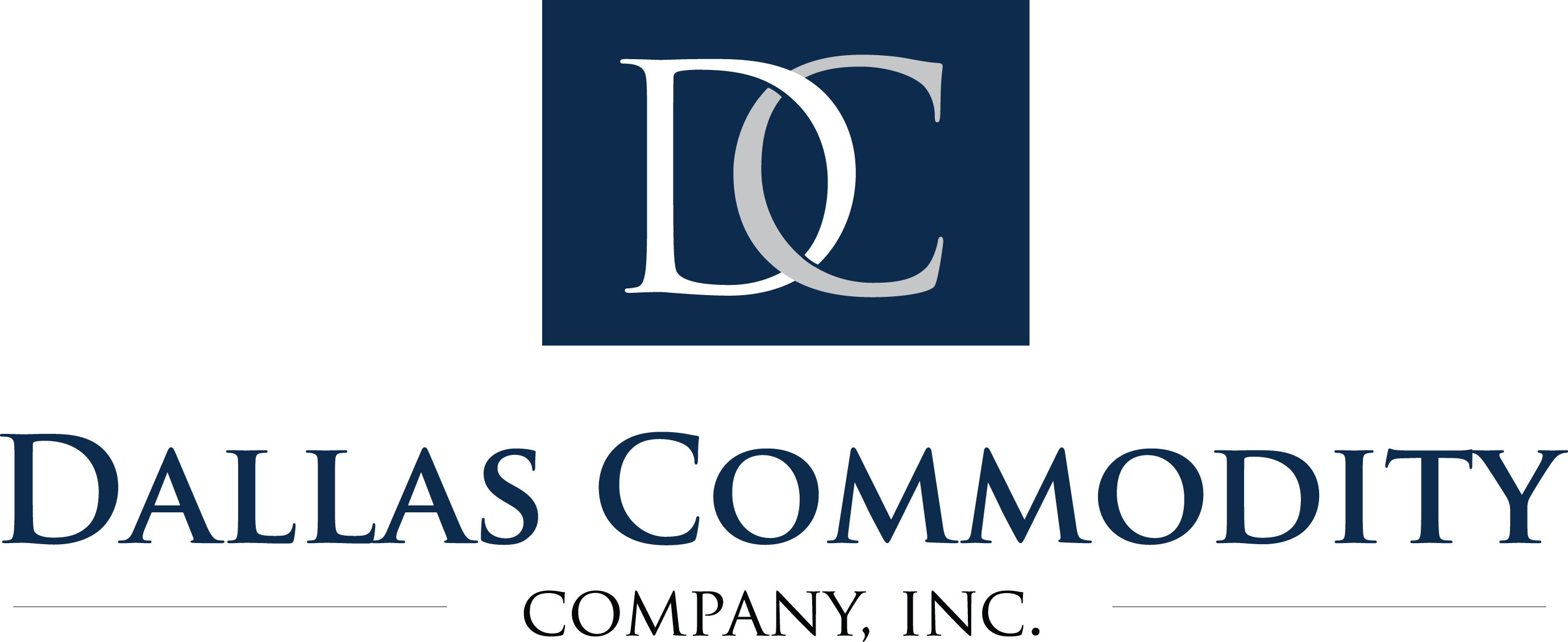Interest Rates Market
Short to Long-Term Interest Rate Derivative Futures
Introduced on the Chicago Board of Trade (CBOT) in the mid-1970’s “Financials” or Interest-Rate Derivative contracts are some of the most actively traded futures contracts and options on futures. CBOT Treasury futures are standardized contracts for the purchase and sale of U.S. government notes or bonds for future delivery. The U.S. Bond market offers the greatest liquidity, security (in terms of credit worthiness), and diversity among the government bond markets across the globe. The vast hedging and speculative activity in U.S. Treasury futures creates nearly continual price fluctuations providing outstanding opportunities for both individual and institutional traders. Popular contracts include the 30-Year T-Bond, 10-Year T-Note and the Eurodollar. The instruments are traded at the CBOT/CME Group.
Highlighted Contracts
30-Year Treasury Bond – The 30-Year T-Bond, introduced in 1977, is an U.S. government debt security with a maturity of 30 years. Over that period, the government agrees to repay the face or principal (par) amount of the security at maturity plus the coupon interest at semi-annual intervals. This contract is often traded by market participants to speculate or hedge the direction of interest rates.
10-Year Treasury Note – The 10-Year T-Note is an U.S. government debt instrument with a maturity of 10 years. Over that period, the note provides interest payments every six months. At the end of the stated maturity (10 years) the note holder will be paid its face value. As with the other Treasury futures this contract is utilized by market participants to speculate or hedge the direction of interest rates.
Eurodollar – Launched in 1981 by the Chicago Mercantile Exchange, eurodollars are time deposits denominated in U.S. dollars and held at banks outside the United States. A time deposit is simply an interest-yielding bank deposit with a specified date of maturity. The name derives from the fact that initially dollar-denominated deposits were largely held in European banks. Today, U.S. dollar-denominated deposits are held in financial centers across the globe. As a result of being outside the U.S. borders, eruodollars are outside the jurisdiction of the Federal Reserve and subject to a lower level of regulation. As a result the higher level of risk to investors is often reflected in higher interest rates and trading margin requirements. These contracts are traded broadly by individuals and institutions to both speculate and hedge interest rates and swaps.
Reports to Watch
Durable Goods Report
Consumer Confidence
Initial Jobless Claims Report
This material has been prepared by a sales or trading employee or agent of Dallas Commodity Company and is, or is in the nature of, a solicitation. This material is not a research report prepared by Dallas Commodity Company's Research Department. By accepting this communication, you agree that you are an experienced user of the futures markets, capable of making independent trading decisions, and agree that you are not, and will not, rely solely on this communication in making trading decisions.
The risk of loss in trading commodity futures contracts can be substantial. You should therefore carefully consider whether such trading is suitable for you in light of your financial condition. You may sustain a total loss of the initial margin funds and any additional funds that you deposit with your broker to establish or maintain a position in the commodity futures market.
